Plant Size: Single Plant | Pot Included | Free Shipping
Aristolochia gigantea ‘Brasiliensis’ Pelican Flower aka Brazilian Dutchman’s Pipe is one of the worlds largest flowers.
CLASSIFICATIONS AND CHARACTERISTICS
| Plant Division |
Angiosperms (Flowering Seed Plants) (Dicotyledon) |
| Plant Growth Form |
Climber, Vine & Liana |
| Lifespan (in Singapore) |
Perennial |
| Mode of Nutrition |
Autotrophic |
| Maximum Height |
4.6 m to 6 m |
BIOGEOGRAPHY
| Native Distribution |
Brazil, Costa Rica, El Salvador, Panama |
| Native Habitat |
Terrestrial |
| Preferred Climate Zone |
Tropical |
| Local Conservation Status |
Non-native (Horticultural / Cultivated Only) |
DESCRIPTION AND ETHNOBOTANY
| Growth Form |
Herbaceous evergreen vine with a climbing or spreading growth habit. |
| Foliage |
Light green leaves are heart-shaped with entire leaf margin. Leaves are arranged alternately along the stems, measuring about 15 cm long and 11 cm wide, with whitish hair on the undersides. |
| Flowers |
Large flowers (15 cm wide, 30 cm tall) have an unusual, pouchlike shape. The flowers are reddish purple with white, net-like streaks and a yellow throat. Unlike A. grandiflora which also produces large flowers, it does not produce an unpleasant smell. |
| Fruits |
Fruits are oblong or cylindrical capsules, measuring to about 13 cm long and 3 cm wide. and will turn from green to brown when mature, splitting open at the top into 7 sections in a ‘Chinese Lantern’ pattern to release many seeds. The mature fruit capsule is papery. |
| Habitat |
Found in tropical forests and stream banks at an altitude of 700 – 1100 m, mostly cultivated. |
| Cultivation |
This fast-growing species should be planted in fertile soil that is mildly acidic to mildly alkaline (pH = 6 – 8). Allow 1.8 – 2.4 m of spacing between individuals. It grows well in a sunny spot that is protected from full sun. Propagate by seed. |
| Etymology |
The specific epithet “gigantea” refers to the large flowers. |
LANDSCAPING FEATURES
| Desirable Plant Features |
Ornamental Flowers |
| Plant & Rootzone Preference – Tolerance |
Well-Drained Soils |
| Landscape Uses |
Parks & Gardens, Vertical Greenery / Green Wall, Trellis / Arbour / Pergola |
FAUNA, POLLINATION AND DISPERSAL
| Seed or Spore Dispersal |
Abiotic |
PLANT CARE AND PROPAGATION
| Light Preference |
Full Sun |
| Water Preference |
Moderate Water |
| Plant Growth Rate |
Fast |
| Potential Problems |
No serious pests or disease problems. |
| Propagation Method |
Seed |
FOLIAR
| Foliage Retention |
Evergreen |
| Mature Foliage Colour(s) |
Green |
| Mature Foliage Texture(s) |
Velvety / Furry / Tomentose |
| Prominent Young Flush Colour(s) |
Green |
| Young Flush Texture(s) |
Velvety / Furry / Tomentose |
| Foliar Type |
Simple / Unifoliate |
| Foliar Arrangement Along Stem |
Alternate |
| Foliar Attachment to Stem |
Petiolate |
| Foliar Shape(s) |
Non-Palm Foliage (Cordate) |
| Foliar Venation |
Palmate |
| Foliar Margin |
Entire |
| Foliar Apex – Tip |
Acute |
| Foliar Base |
Cordate |
FLORAL (ANGIOSPERM)
| Flower & Plant Sexuality 1 |
Bisexual Flowers |
| Flower Colour(s) |
Brown |
| Flower Location |
Axillary |
| Flower Symmetry |
Bilateral |
| Flowering Period |
Free-Flowering |
FRUIT, SEED AND SPORE
| Mature Fruit Colour(s) – Angiosperms and Gymnosperms |
Brown |
| Mature Fruit Texture(s) |
Papery |
| Fruit Classification |
Simple Fruit |
| Fruit Type 1 |
Dehiscent Dry Fruit |
| Fruit Type 2 |
Capsule |
| Mature Seed Colour(s) |
Brown |
| Seed Quantity Per Fruit |
Numerous (>20) |
OTHERS
| Master ID |
19 |
| Species ID |
1315 |
| Flora Disclaimer |
The information in this website has been compiled from reliable sources, such as reference works on medicinal plants. It is not a substitute for medical advice or treatment and NParks does not purport to provide any medical advice. Readers should always consult his/her physician before using or consuming a plant for medicinal purposes. |
Only logged in customers who have purchased this product may leave a review.

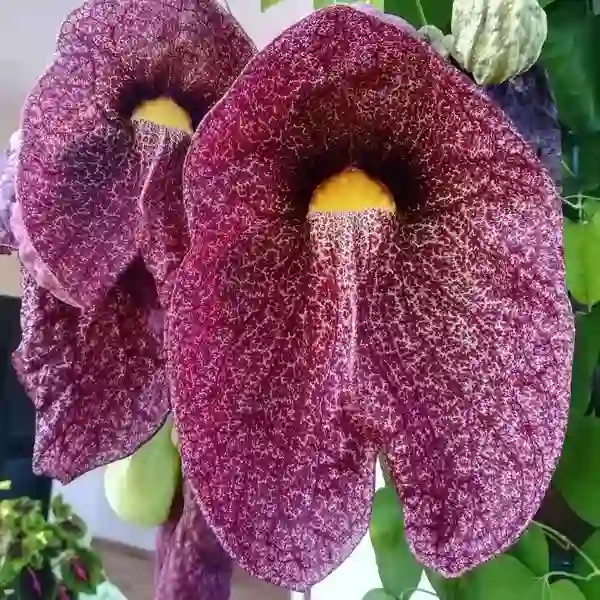
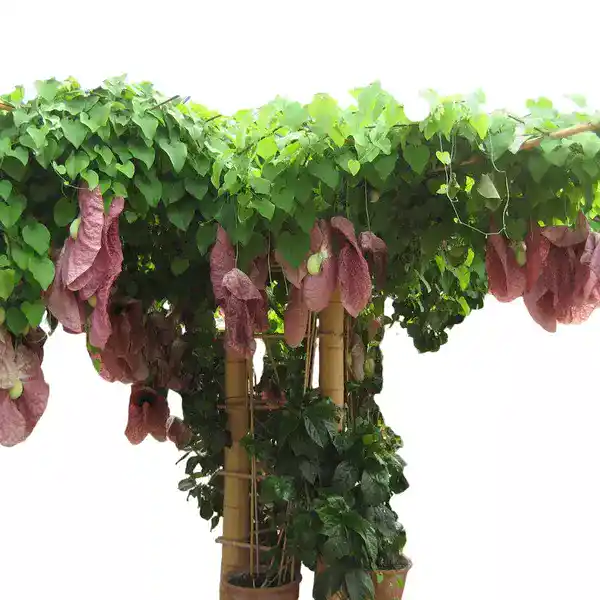
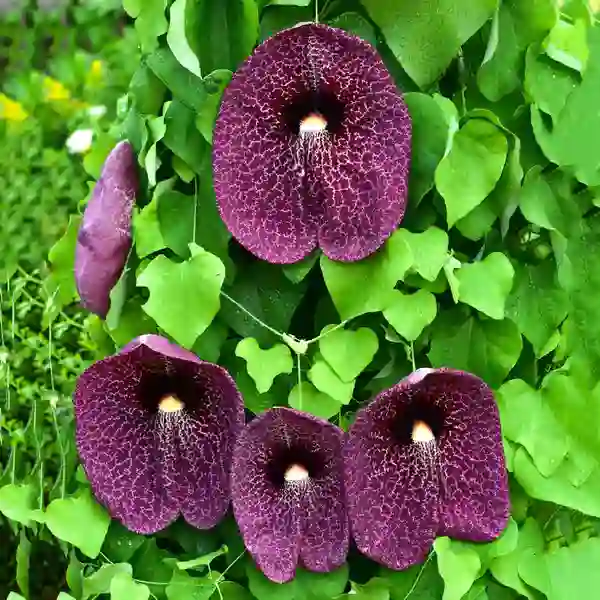

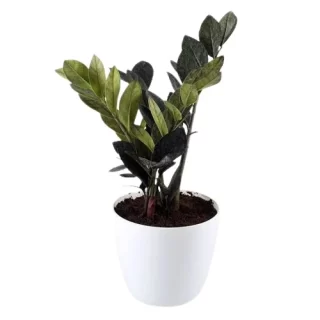
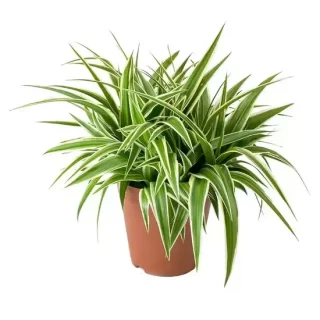
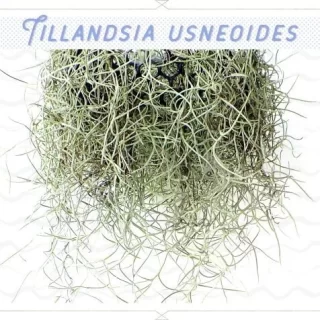
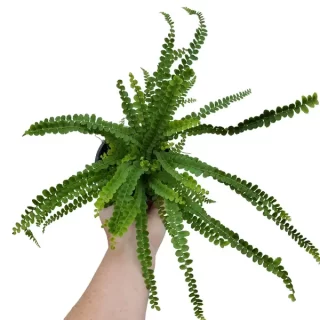
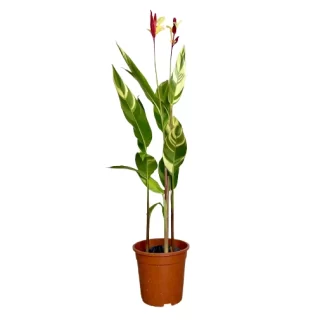
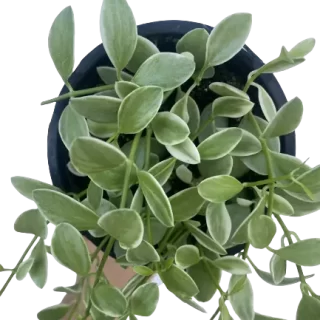
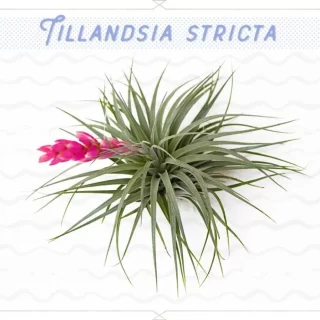
 If you need any assistance, I'm always here. Have you found what you were looking for?
If you need any assistance, I'm always here. Have you found what you were looking for?
Reviews
There are no reviews yet.